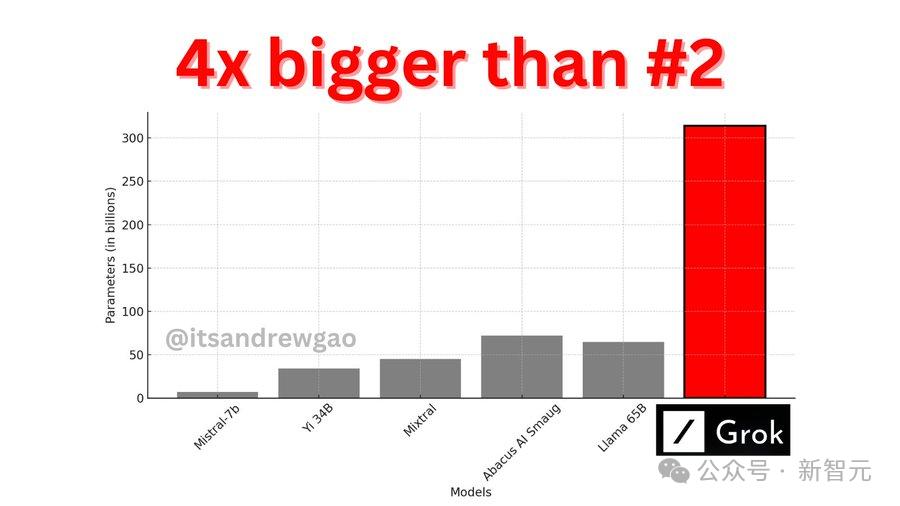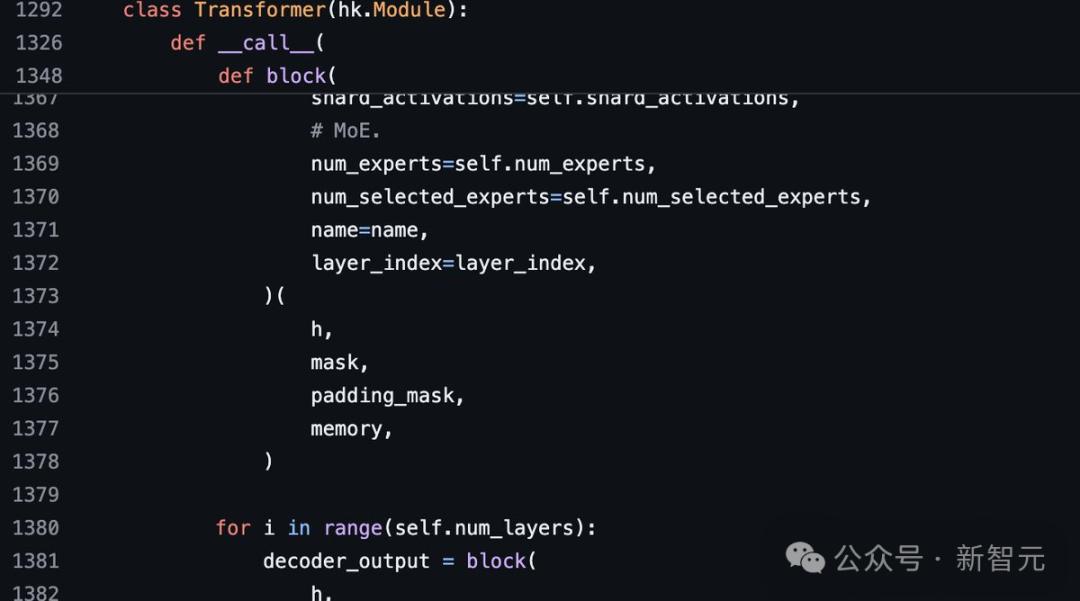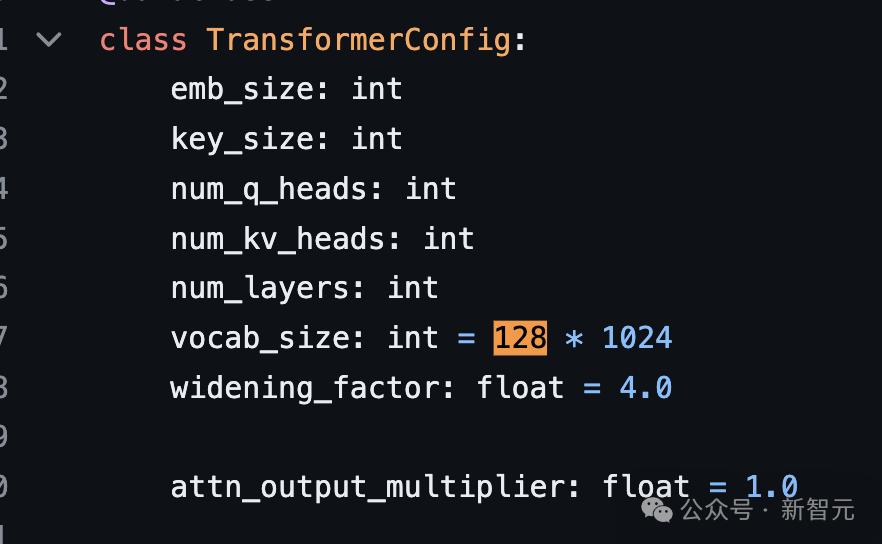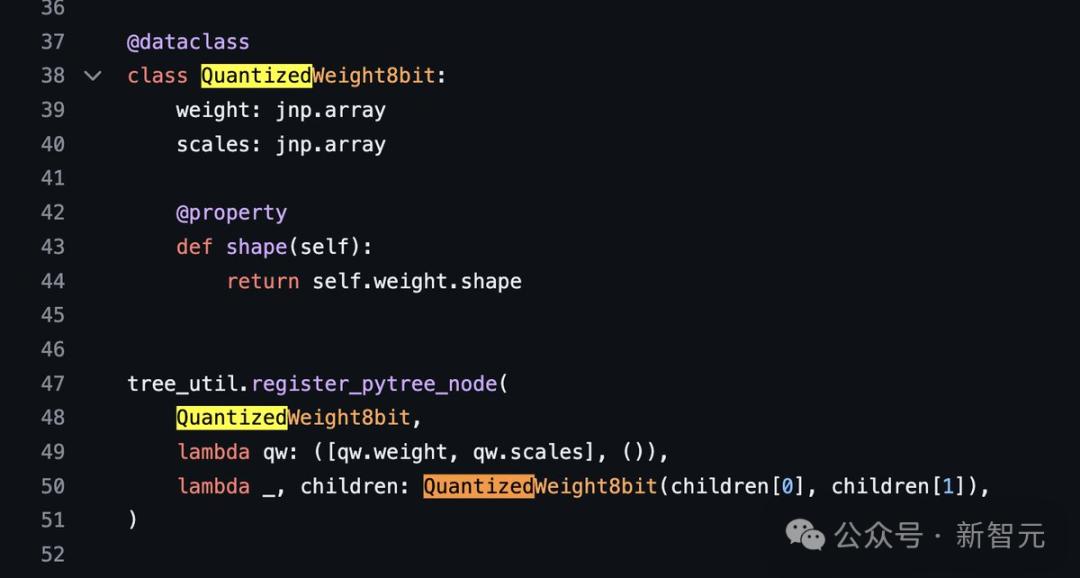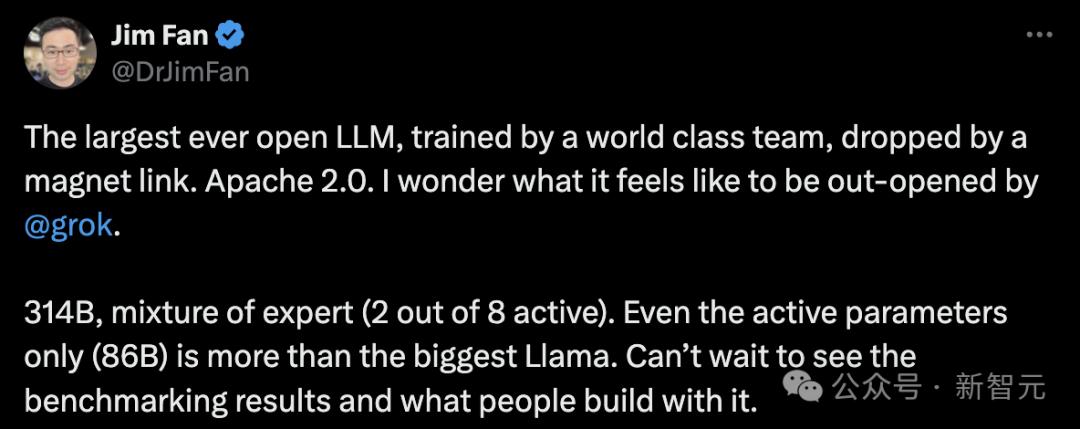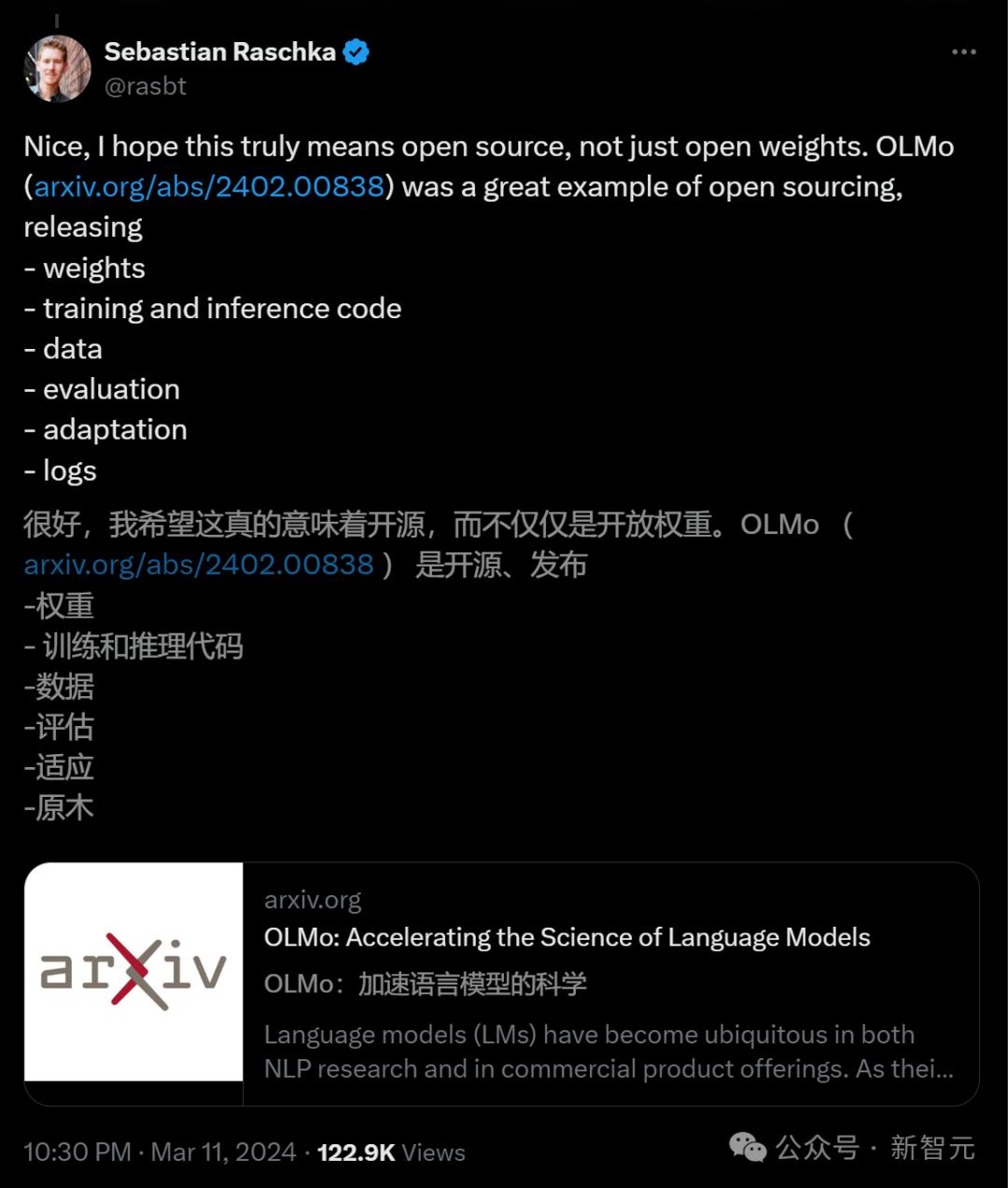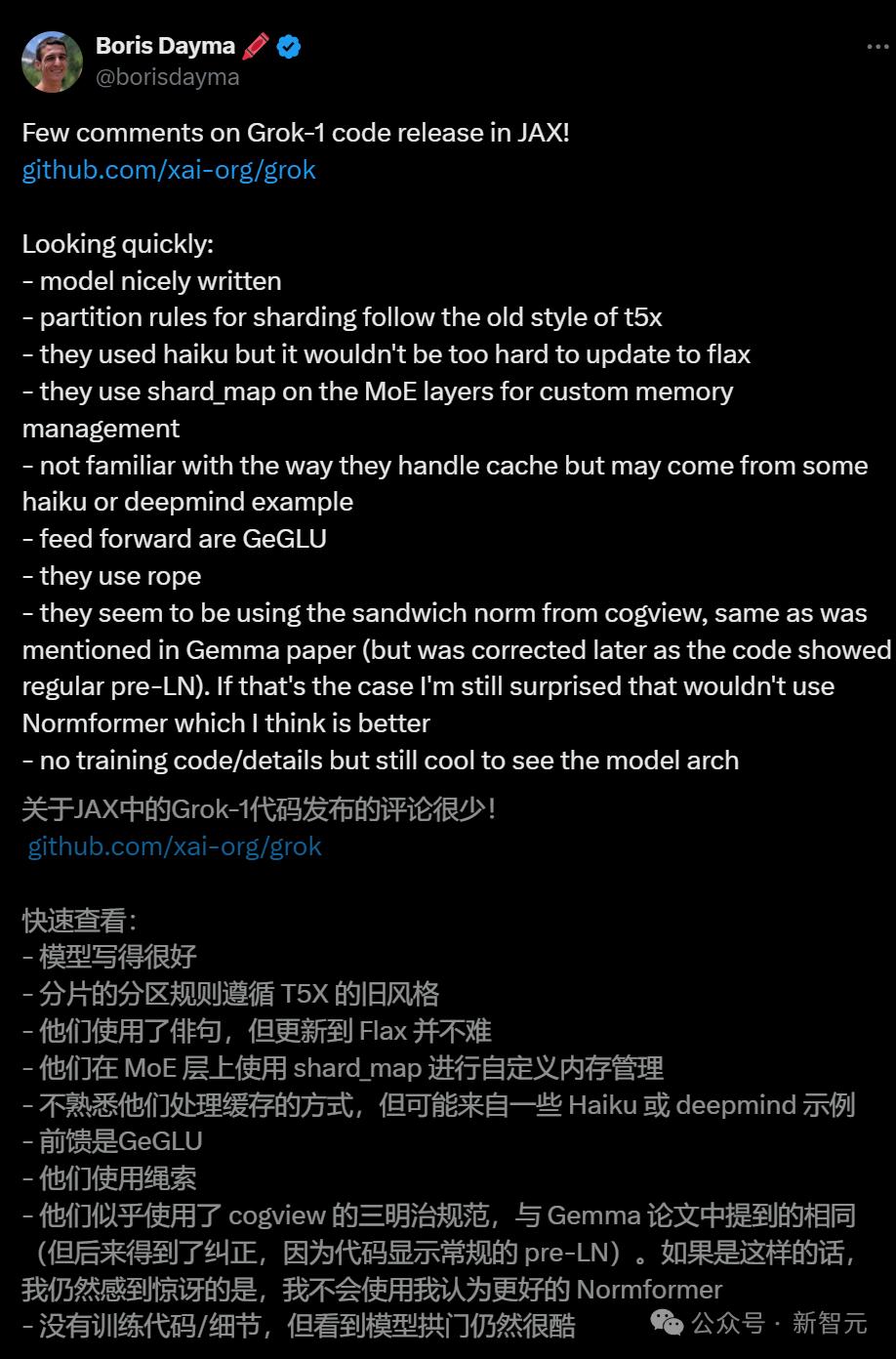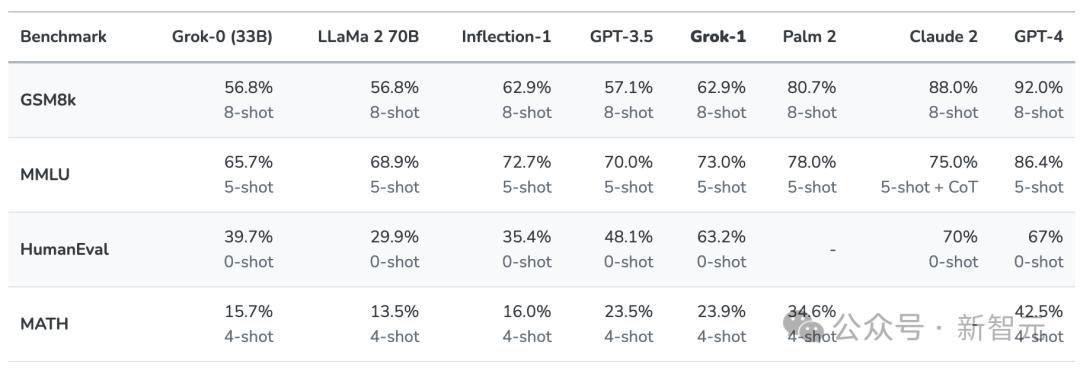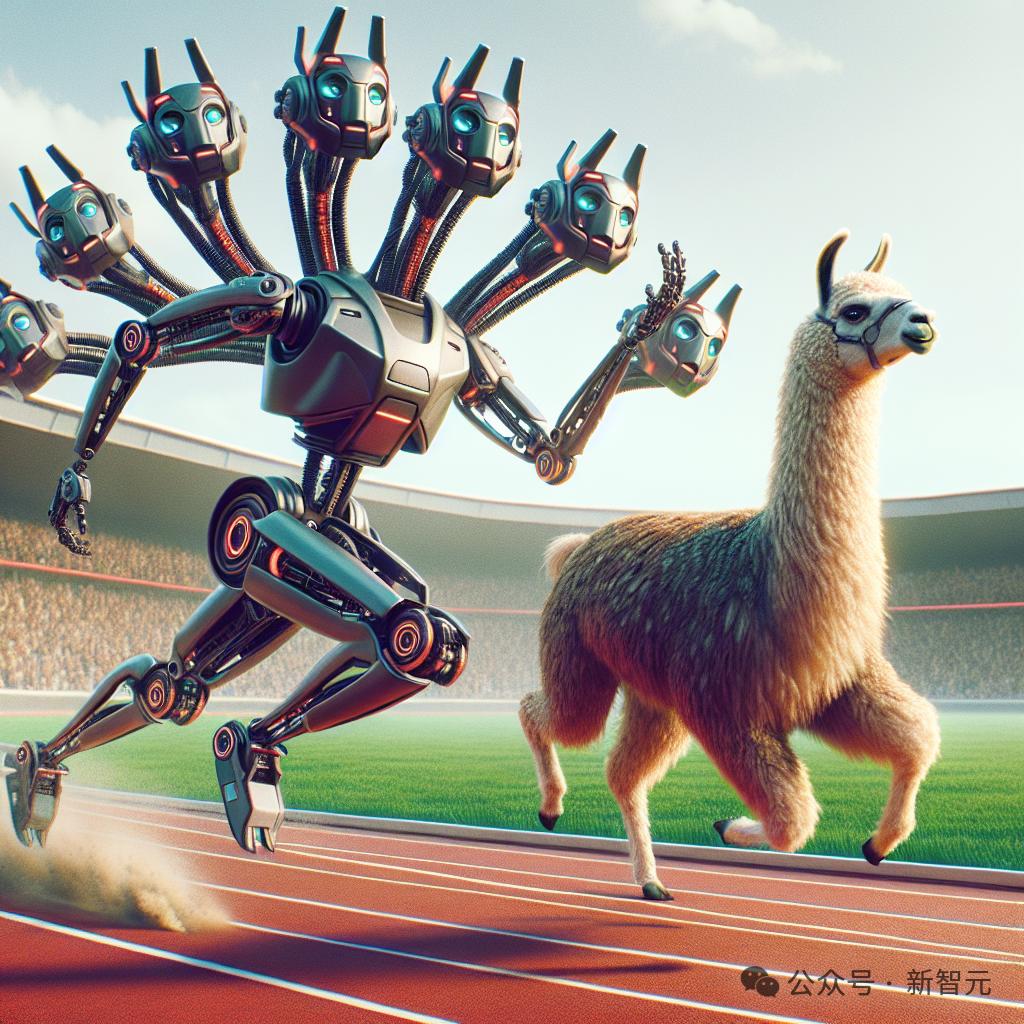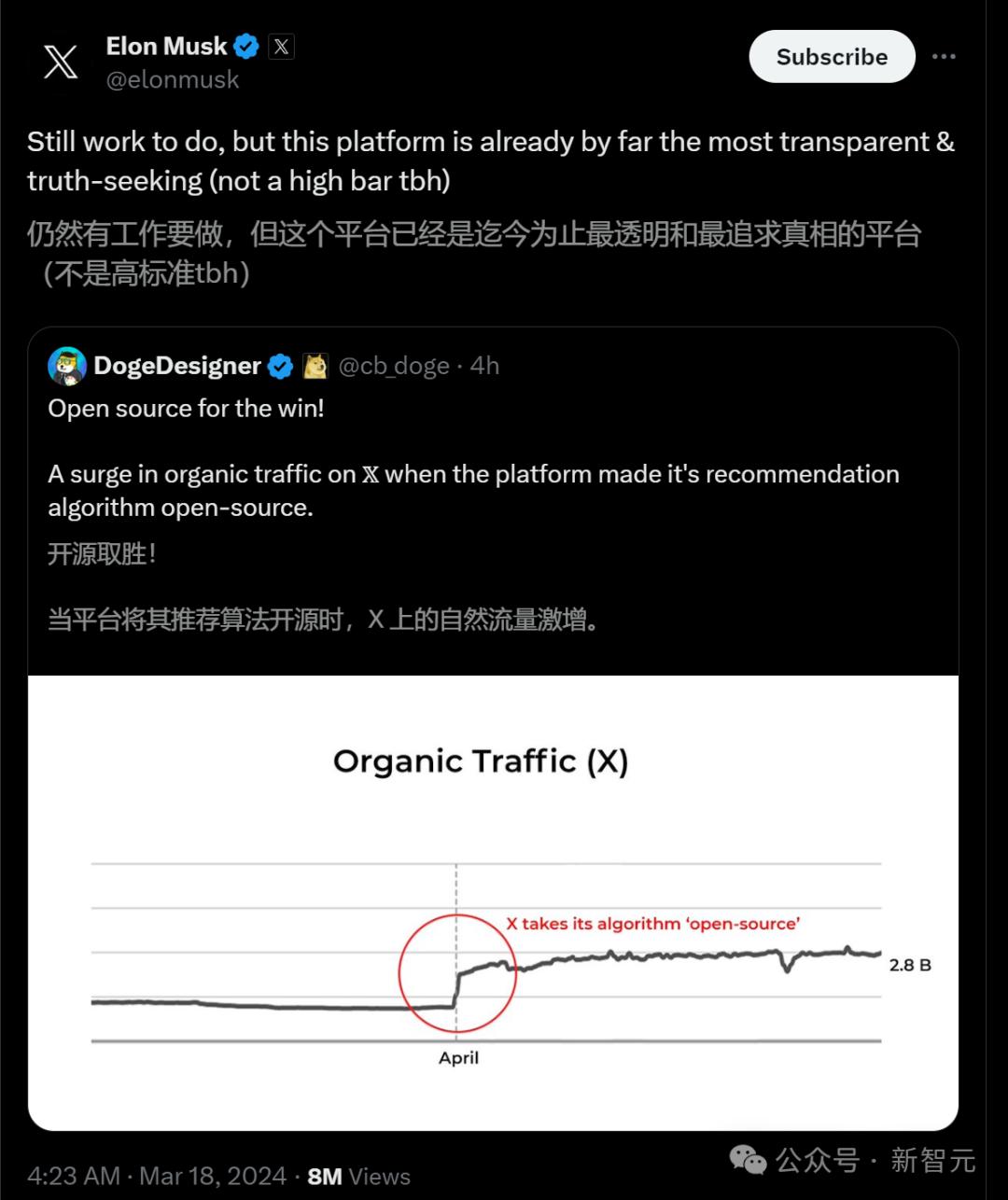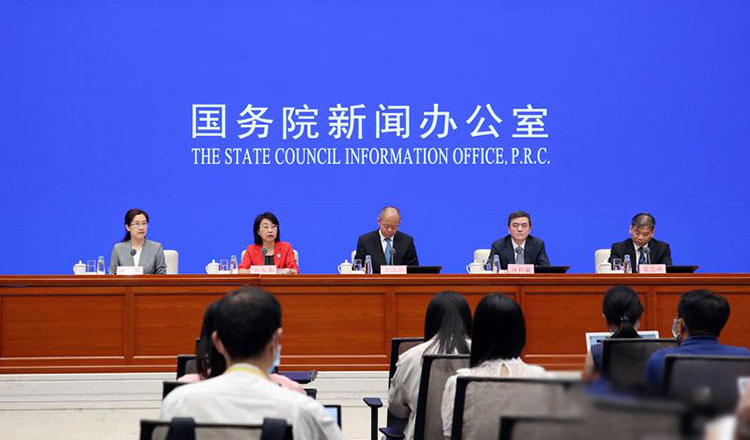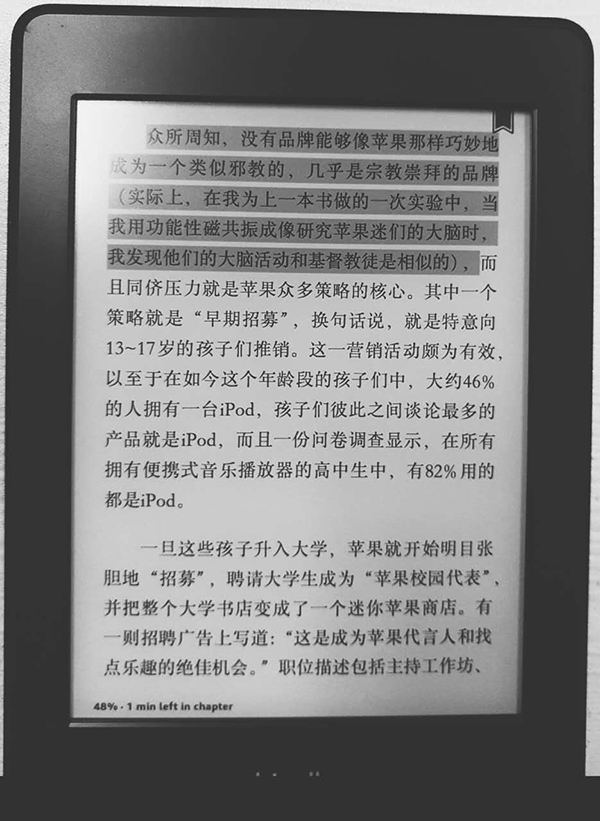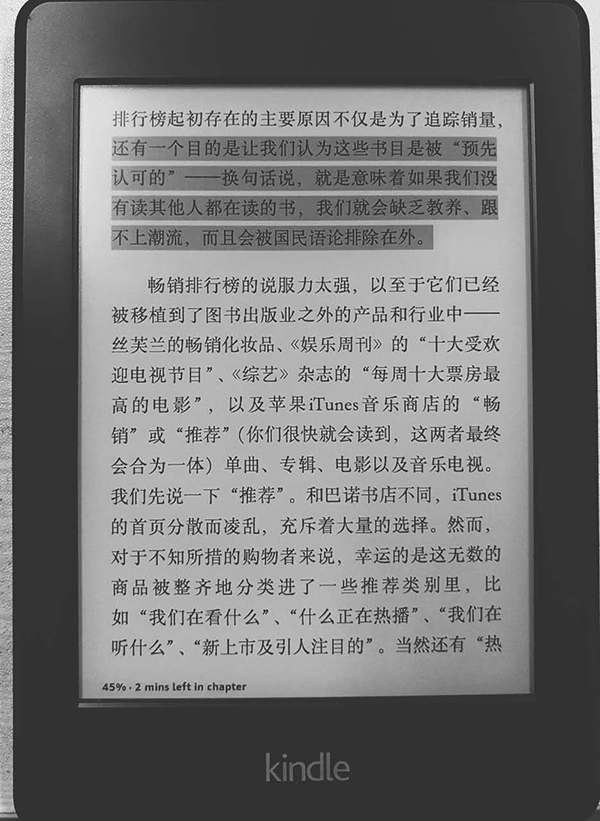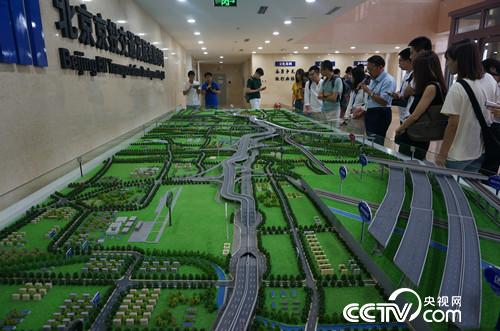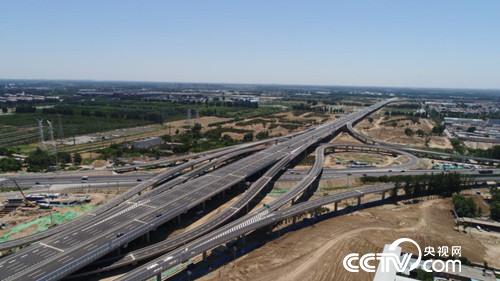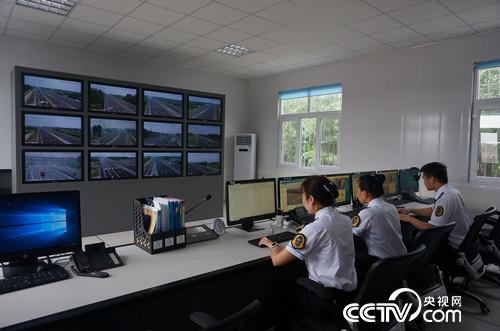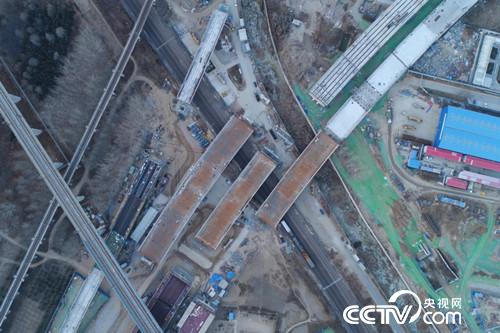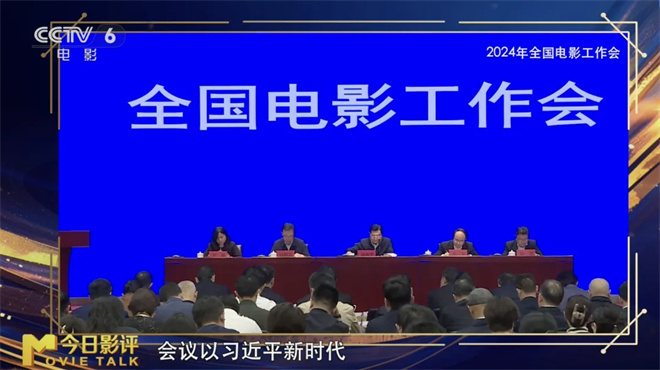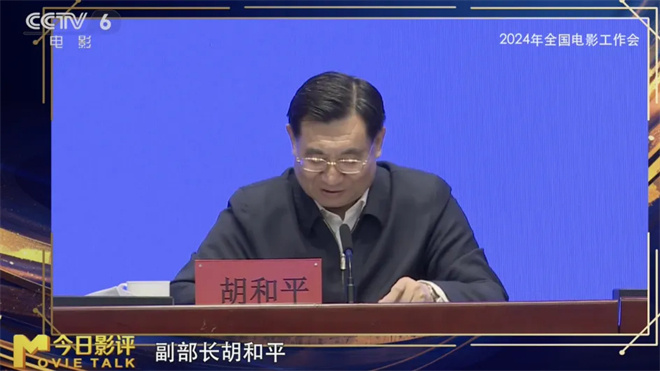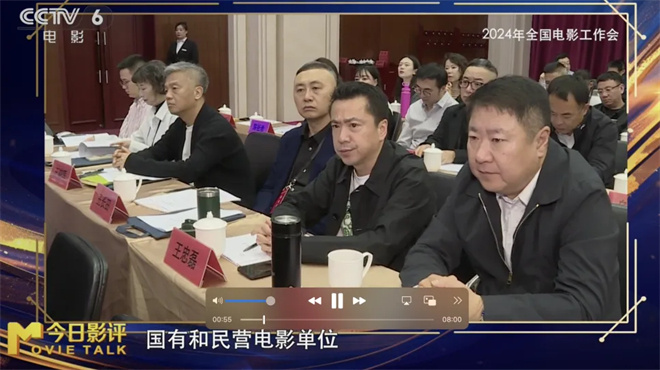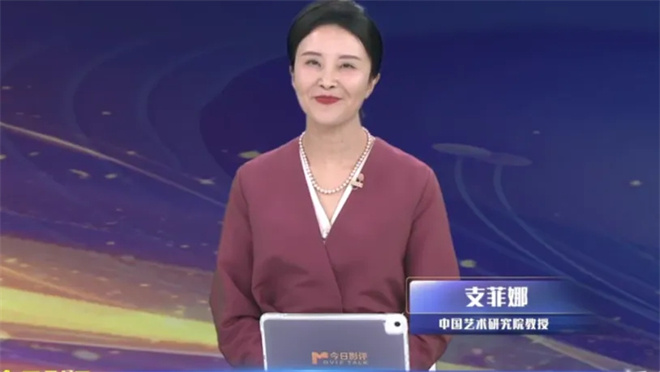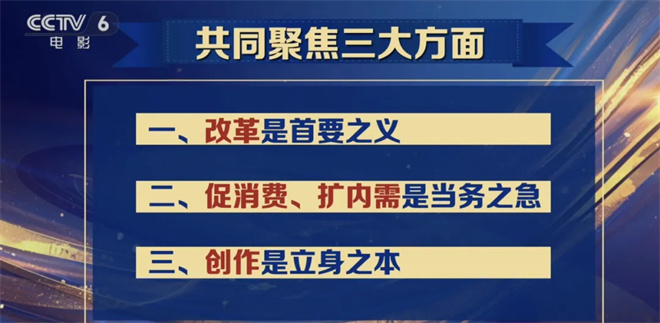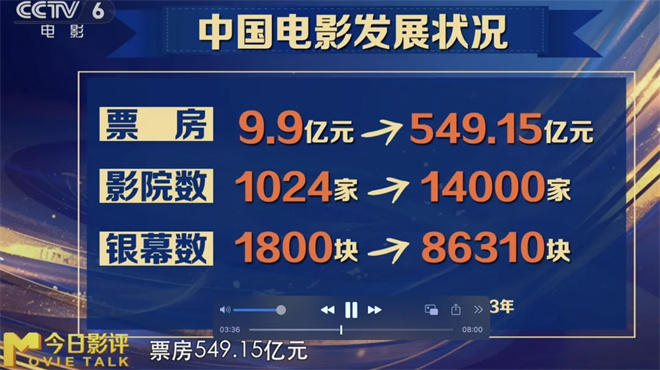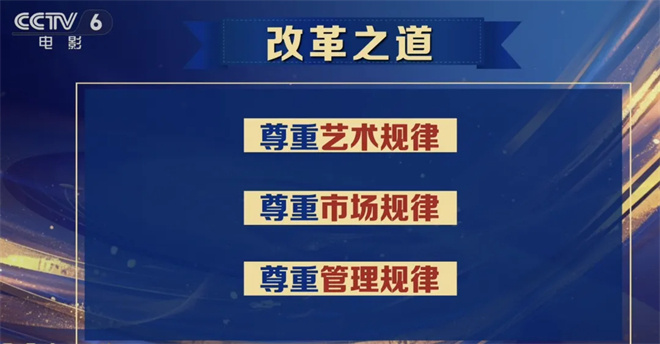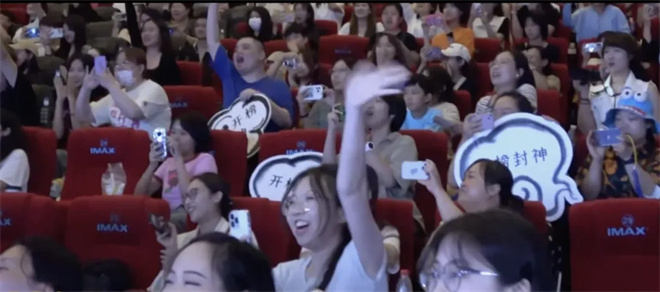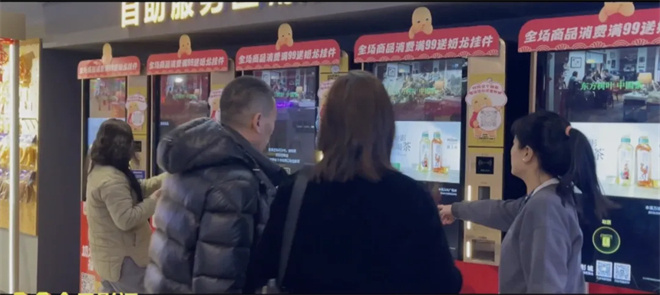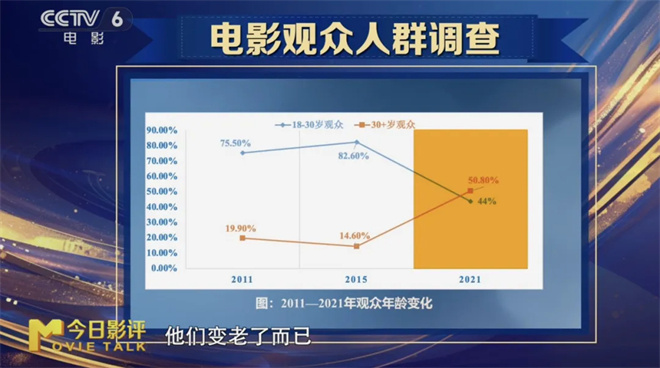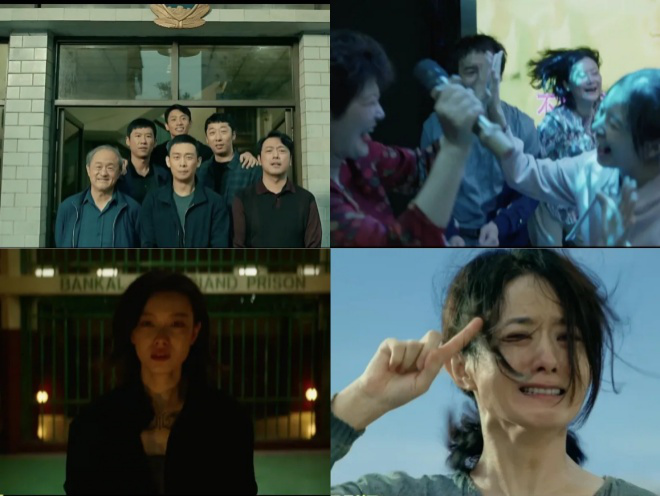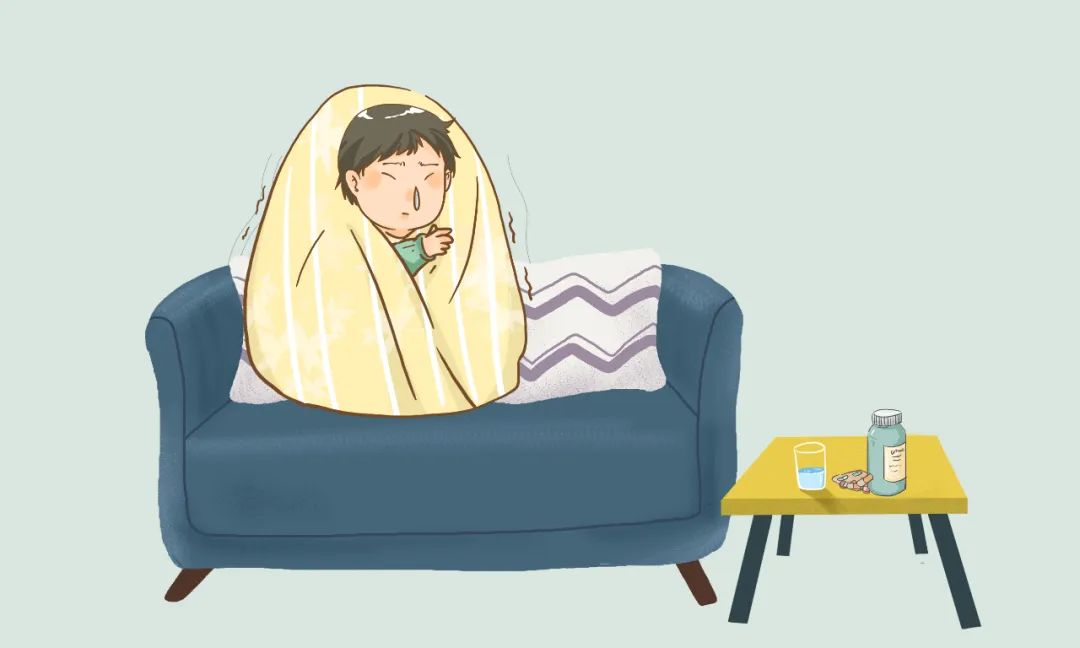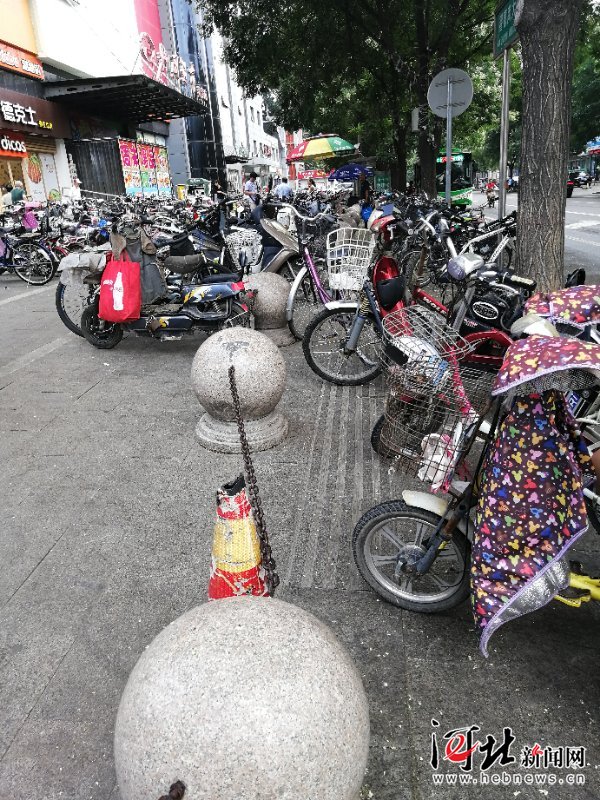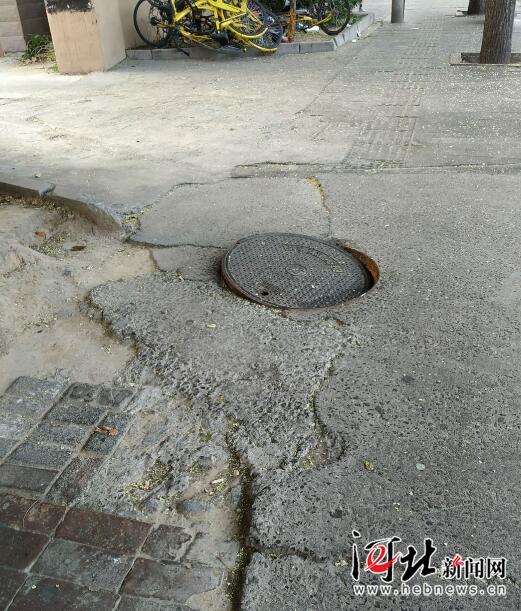New standards for moon cakes are introduced to welcome the first Mid-Autumn Festival: five nuts should be collected for five-kernel moon cakes.

BEIJING, Beijing, September 5 (Qiu Yu) The first Mid-Autumn Festival was ushered in after the introduction of the new moon cake standard. The new standard was formally implemented in December last year, and the Wuren moon cake, which has attracted much attention, is clearly defined.
After investigating the moon cake market, the reporter found that the high-priced gift boxes above 2,000 yuan still exist, and ordinary gift boxes below 300 yuan are more popular. Because the new standard is not mandatory, there are still old packaged moon cakes on the market.
Price — —
Overall, it is the same as last year. The mooncake gift boxes below 300 yuan sell well.
Many large supermarkets in Xicheng District of Beijing have put out mooncake gift boxes and bulk mooncakes. The reporter visited and found that the price of mooncake gift boxes ranged from tens of yuan to hundreds of yuan, and bulk mooncakes were mostly twenty or thirty yuan a catty, and some of them had promotions and discounts.
A supermarket shopping guide in Xicheng District said that from the recent sales of mooncake gift boxes, gift boxes with a price of one or two hundred yuan are the most popular.
The price of moon cakes sold online is also relatively close to the people. The reporter searched in JD.COM, Tmall and No.1 Store and found that the prices of the top 10 mooncake gift boxes were all within 200 yuan. Among them, the price of Tmall is lower than that of 100 yuan.
Phenomenon — —
Some high-end gift boxes are packaged three times the weight of moon cakes.
There are still high-priced mooncake gift boxes on the Internet, but the sales volume is generally low.
JD.COM, Tmall and No.1 Store all have mooncake gift boxes with a price of more than 2,000 yuan on sale. A three-story mooncake gift box costs more than 2600 yuan, and the price per gram of mooncake is more than 10 times that of ordinary mooncakes. Online customer service said that "brand" has raised the price of moon cakes to some extent.
Another online salesperson of a high-end mooncake gift box said that in addition to the delicious mooncakes themselves, "packaging" is also the reason for the higher price of the gift box. According to the person, the net weight of the moon cakes in the gift box is more than 3 kg, and the total weight of the package is 12 kg. "The packaging material is tinplate, and the appearance is very high-end."
However, the sales of high-end moon cakes online are flat. Take Tmall as an example. The monthly turnover of the top 10 mooncake gift boxes is less than 20, of which 6 are zero.

Discover — —
The new standard is not mandatory, and there are still old packaged moon cakes on sale.
The reporter noticed that some of the mooncakes on sale in the market have been printed with the product standard number "GB/T 19855", and some mooncakes are still packaged with the old version of the "GB 19855" standard.
China Bakery and Sugar Products Industry Association explained in the report "Development Trend of National Mooncake Industry in 2016" that the new standard is recommended and not mandatory. For example, enterprises that implement this standard need to carefully study the revision of the standard and do a good job in the implementation of the standard.
After changing to recommended standards, does it mean that the industry standards have been relaxed? Guo Yaping, deputy director of Beijing Daoxiang Village Food Factory, believes that although it is a recommended national standard, enterprises should strictly implement the contents mentioned in the standard if they choose to adopt this standard and print new product standard numbers on the packaging.
If the enterprise chooses to implement the new standard, what will happen to the packaging printed with the standard number of the old product?
Guo Yaping said that the cost of a mooncake packaging box ranges from a few yuan to a dozen yuan, and throwing it away in large quantities will cause waste. For the old packaging in stock, Daoxiang Village adopts the form of adding new labels as a whole, covering the original labels. The new packaging adopted the new product standard number from the time of printing.

Popular science — —
Wuren moon cake has a strict definition: five kinds of nuts must be collected.
In terms of types, the styles of mooncakes sold this year have increased. The new standard adds six categories of moon cakes: Chaozhou moon cakes, Yunnan moon cakes, Jin moon cakes, Qiong moon cakes, desktop moon cakes and Harbin moon cakes.
In view of the most concerned Wuren moon cake, the new standard puts forward that "the moon cake filled with five main raw materials, such as walnut kernel, almond, olive kernel, melon seed kernel and sesame seed, can be called Wuren moon cake".
This definition immediately caused controversy: Does Wuren moon cake have to contain the above five kinds of nuts?
In this regard, the Pastry Sub-technical Committee of the National Baking Products Standardization Technical Committee explained in the letter that the word "equal" refers to the use of the above five kinds of nuts in the ingredients of Guangdong Wuren moon cake.
Guo Yaping said that according to the understanding of the above letter, whether it is a five-kernel moon cake with olive kernels in the south or a five-kernel moon cake with pine nuts in the north, as long as it is processed with more than five kinds of nuts such as peach kernel and almond, it can be called five-kernel moon cake.
She said that moon cakes are traditional foods and are produced all over the country. The promulgation and implementation of the new moon cake standard not only standardizes the production behavior of the moon cake industry, but also encourages the inheritance and innovation of traditional food culture.
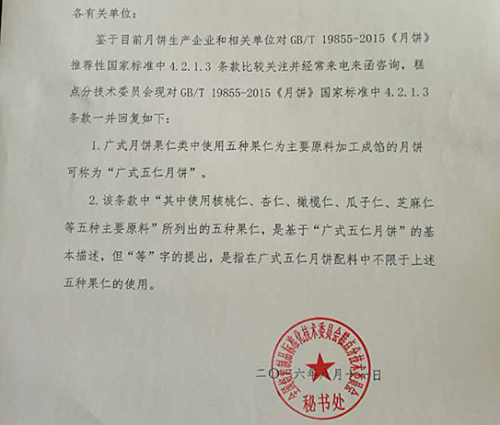
Industry observation — —
The cost increases. Why didn’t the mooncake manufacturers raise their prices significantly?
A person in charge of a moon cake company revealed that the prices and labor costs of raw materials such as edible vegetable oil, white sugar and nuts have risen this year, leading to an increase in the cost of moon cakes.
"The price of white sugar is fluctuating and rising," said Sun Yue, an analyst with Zhuo Chuang Information. Taking Guangxi sugar as an example, the average ex-factory price in August was 5,870 yuan/ton, up 15% compared with the same period last year.
Li Wenqian, an analyst at Zhuo Chuang Information, said that due to the increase in peanut prices in the first half of this year, the first-grade peanut oil squeezed by manufacturers has increased by about 1000 yuan/ton compared with the same period of last year, with a year-on-year increase of about 7.41%.
Although the cost has increased, some enterprises have not significantly increased the price of moon cakes.
Guo Yaping said that Daoxiang Village has a product price management strategy and process method, and the price adjustment will only be carried out when the price fluctuation of raw materials exceeds a certain proportion of the cost. Although the cost of raw and auxiliary materials for moon cakes has increased, it has not yet reached the prescribed proportion, so the price remains basically unchanged this year.
China Bakery and Sugar Products Industry Association pointed out in the report that it is expected that the sales price of mooncake retail market will be basically the same as last year, or increase slightly, despite the rising prices of some raw materials and labor costs this year.
According to the report, when the mooncake industry continued to decline in 2013 and 2014, most enterprises optimized and adjusted their product structure, ensuring reasonable profits and making prices more reasonable and popular.



